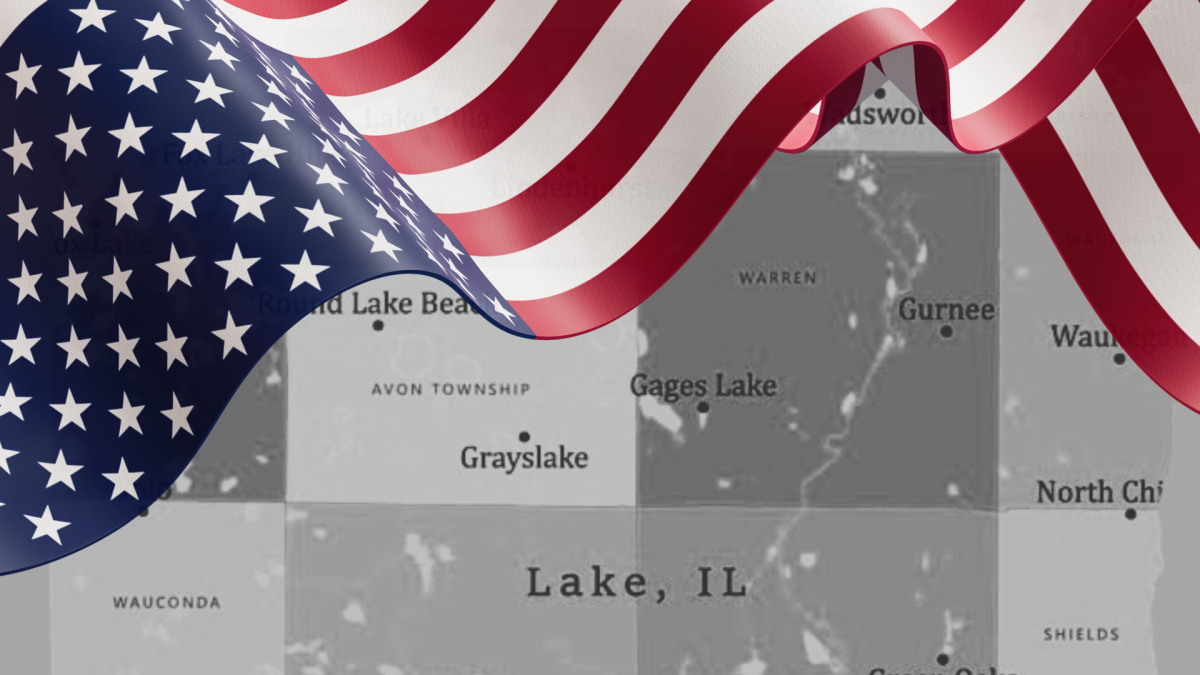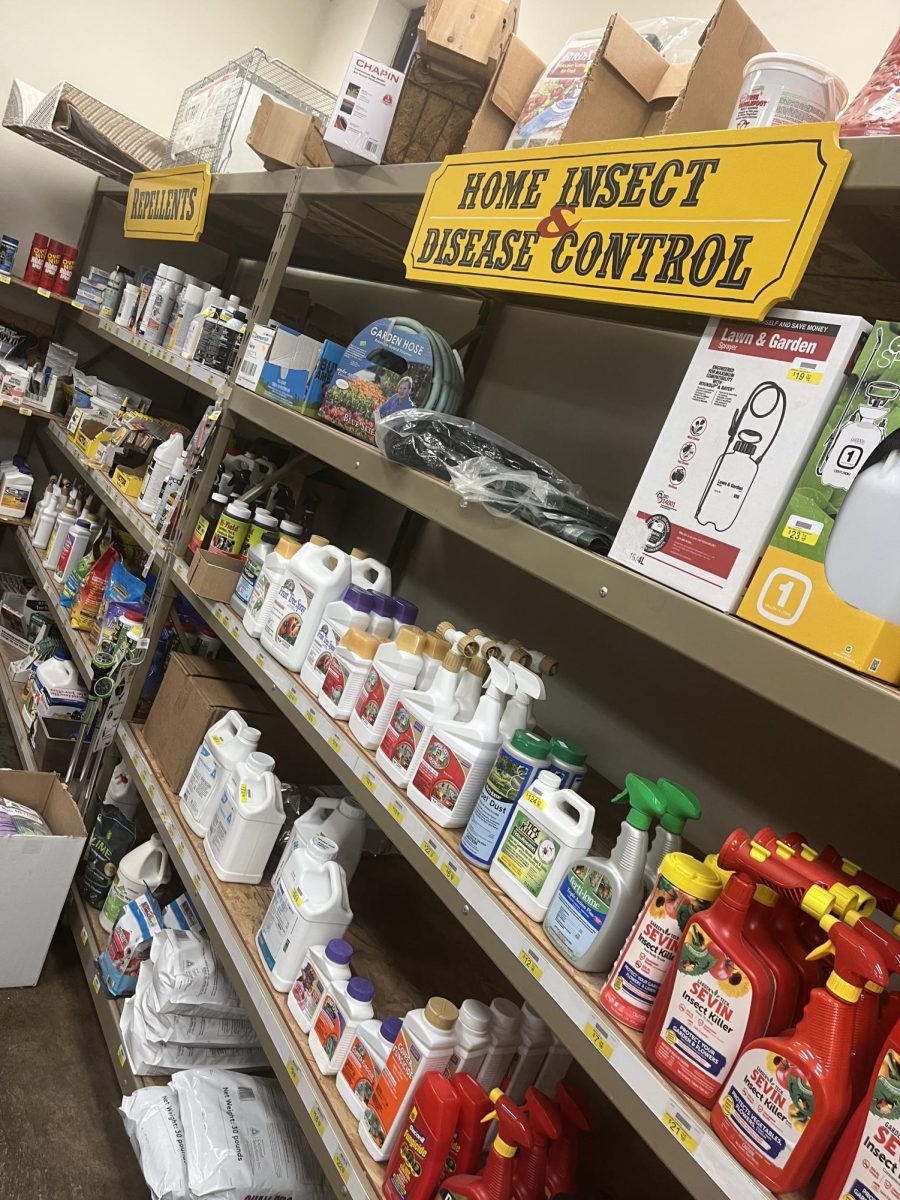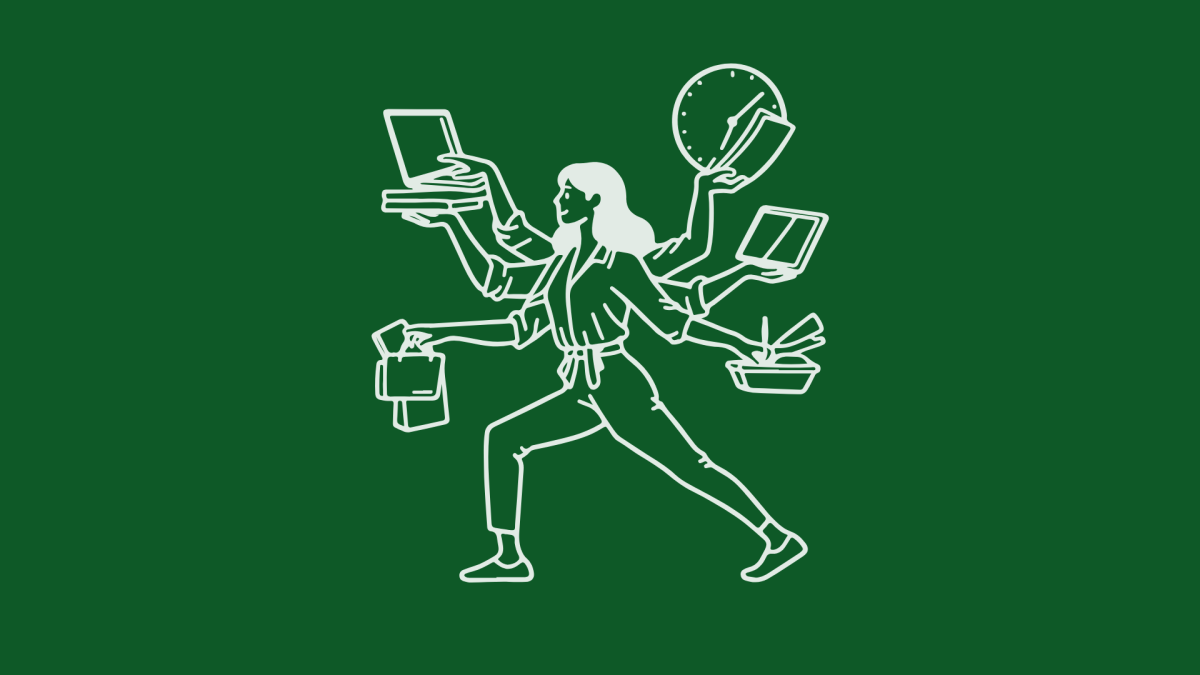A tariff is an import and export tax on particular goods from other countries. On April 2, 2025, coined “Liberation Day” by the current presidential administration, was the day when President Donald Trump announced a list of countries that are receiving additional taxation from the United States. China, at the time, was at the top of the tariff list with a 67% tariff. China’s tariff rate shot up due to Hong Kong not accepting the tariffs, prompting America to raise it to 104% on April 8, 2025.
This led to an ongoing back-and-forth, with China raising their tariffs on the United States to 125%. Trump says the tariffs would bring America back it’s “competitive edge.” According to the White House website, “large and persistent annual U.S trade deficits have led to the hollowing out of our manufacturing base, resulting in a lack of incentive to increase advanced domestic manufacturing capacity.” They say that America has a trade deficit, which is when a country’s imports cost more than they are making from exports, leading to the U.S. losing a lot of its manufacturing base, meaning America primarily imports goods and rarely makes them. An advocate for the tariffs, Peter Navarro, a senior counselor for trade and manufacturing to U.S. President Donald Trump, said, “there is no defense other than tariffs.”
The goal of the tariffs was to encourage other countries to invest in U.S. Treasury bonds. However, countries like Japan, China, and the United Kingdom began selling off their U.S. bonds instead. This sell-off caused bond yields to rise, which is problematic because as bond prices fall and yields increase, it becomes more expensive for the U.S. to borrow money and harder for investors to profit from their bonds.
These tariffs have caused the stock market to lose up to 1,000 points in a day, and gold is valued higher than it’s ever been.
Prices have continued to rise on everyday goods, the most notably being that of eggs, which according to data from consumer research firm NIQ, are averaging $6.00 per dozen. Tariffs have the possibility of increasing the cost of goods, and the cost of living for Americans.







































